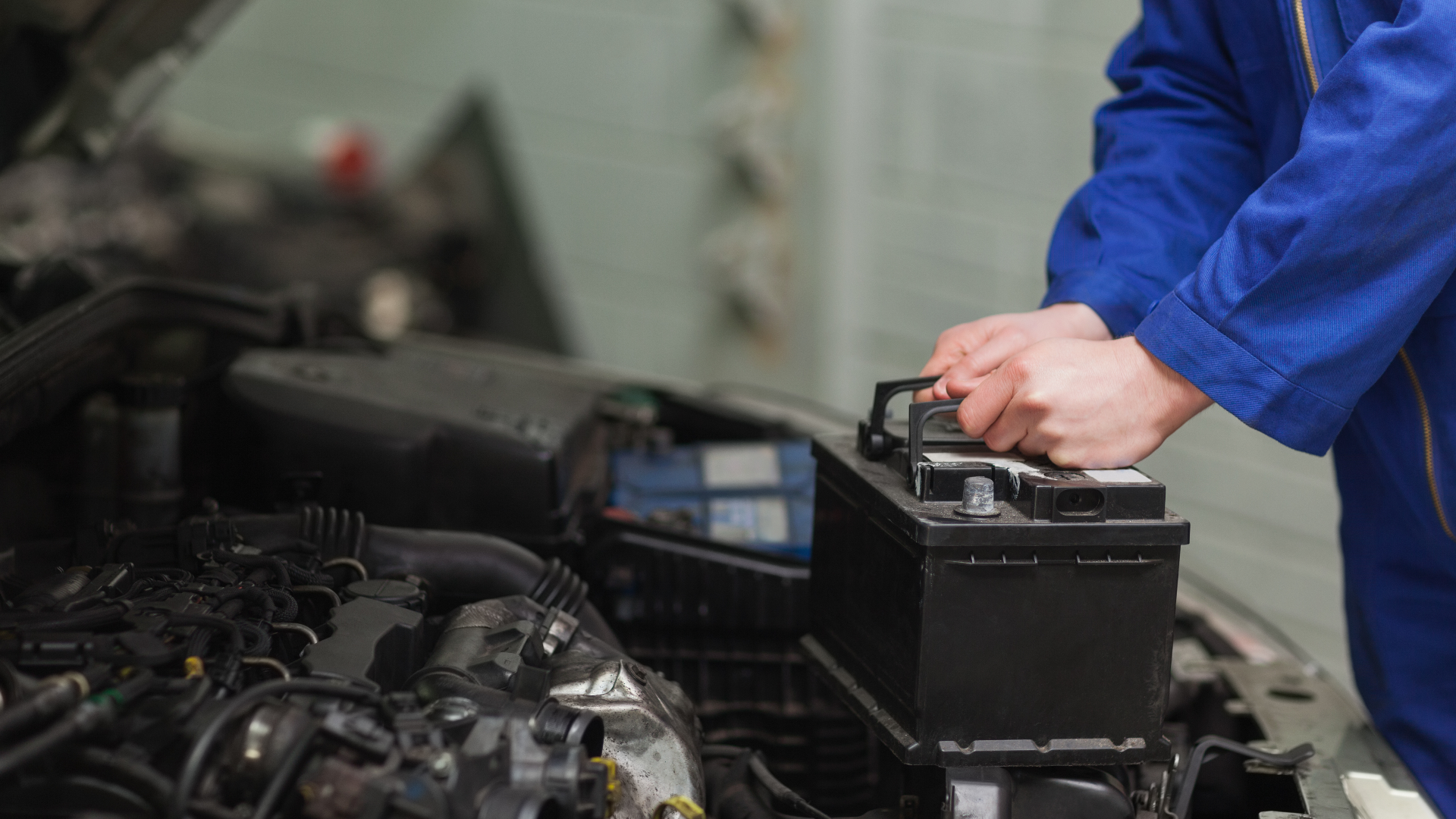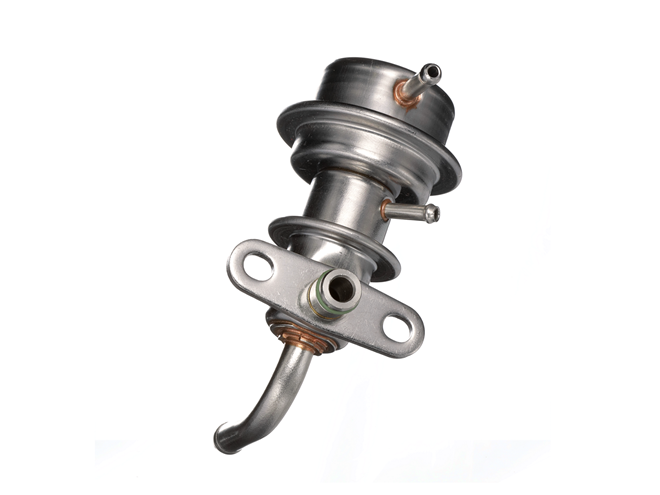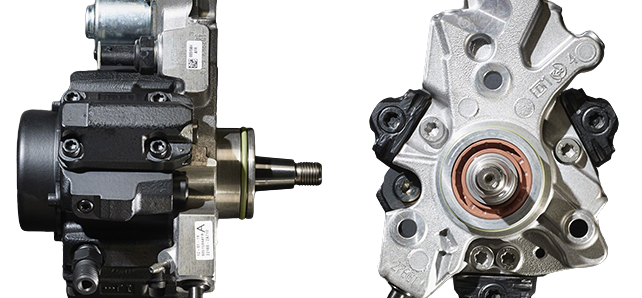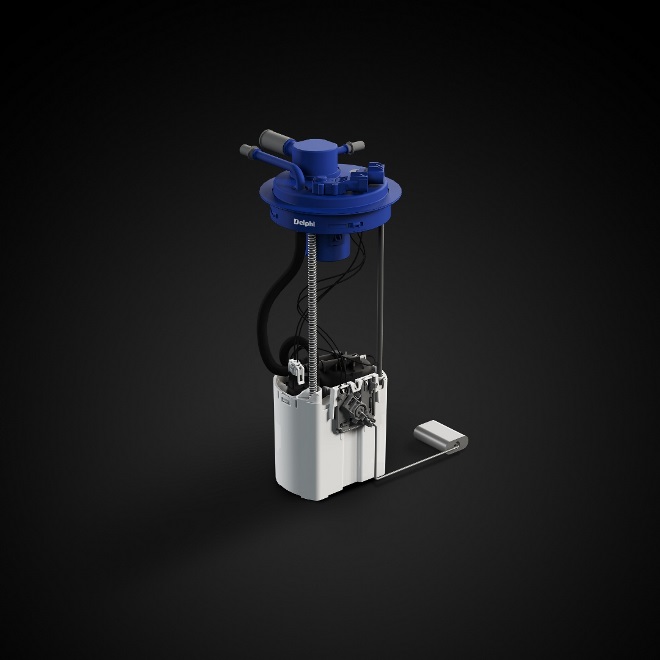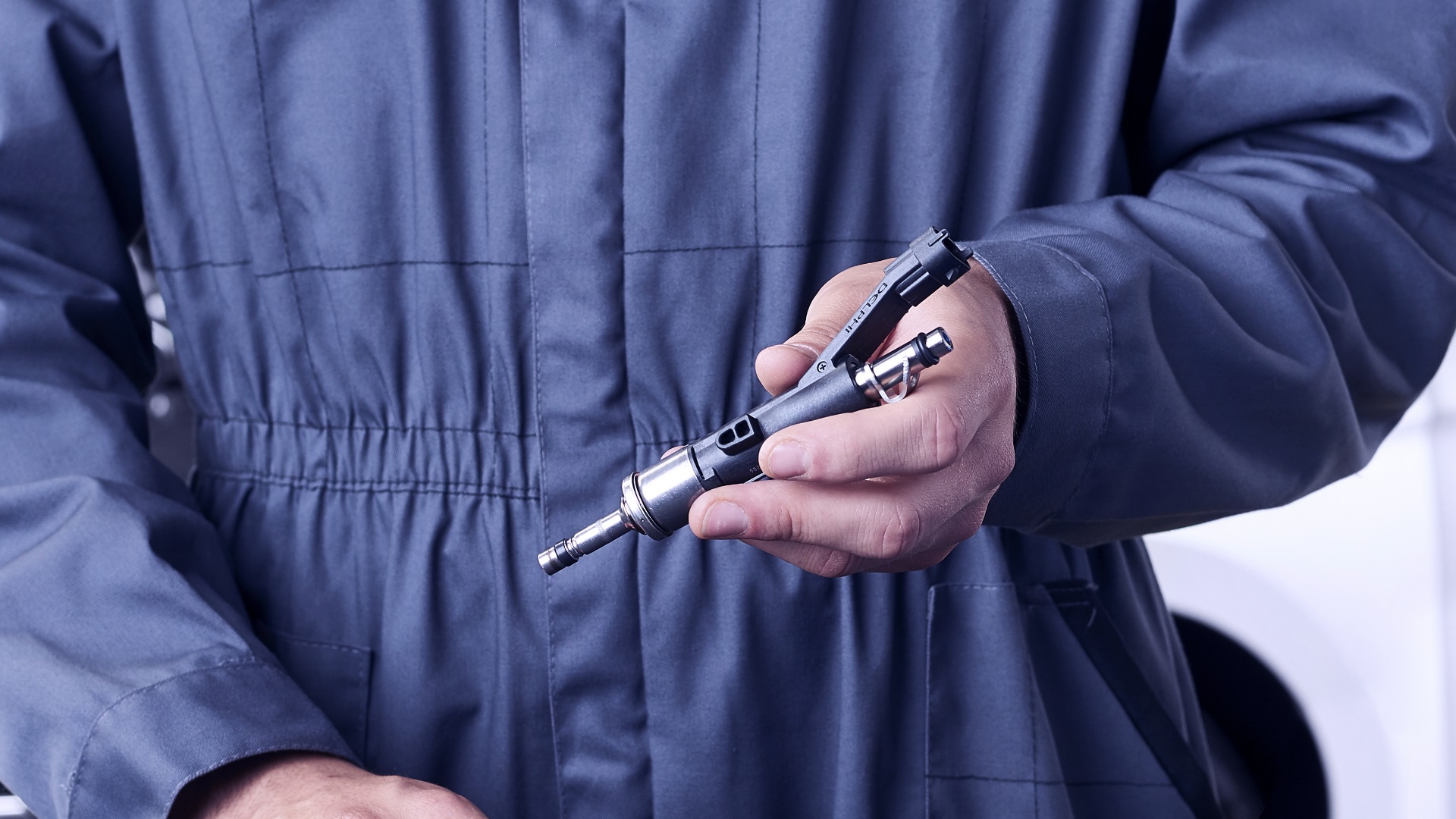Resource Highlights
In this article you will find out about the 4 Steps on how to test your fuel system for pressure, volume, and electrical integrity before condemning the fuel pump.
Replacing a fuel pump can become a costly mistake if it is not the true cause of a fuel related problem. A fuel system should be carefully tested for pressure, volume, and electrical integrity before condemning the fuel pump.
Step 1: Safety first
Let take a look at fuel pressure and flow testing on a return fuel delivery system. Before you get started performing any diagnostic tests, the most important thing to remember is that releasing fuel under pressure can cause fire and injury. So put safety first. Wear safety glasses and gloves, work in a well-ventilated area, and don’t smoke or have anything around that can cause a spark.
Step 2: Fuel pressure
First, check the fuel pressure. Start the car and let it idle. Install a fuel pressure gauge, run the pump, and note the pressure reading. Then compare it to the manufacturer specification. If the pressure is low, you should address that problem. If the fuel pump is supplying sufficient pressure, perform a fuel volume test to determine if the proper amount of fuel is being delivered to the fuel injectors.
Step 3: Use a flowmeter or glass measuring container
The most accurate way to test fuel delivery is by using a flowmeter. But while some repair facilities may have that, you may not. So here a pretty reliable way to perform a timed fuel delivery test. Make sure to be careful and use an appropriate measuring container. Glass is a good choice because fuel can corrode or fog up plastic.
Step 4: Test
Starting up the car will signal the pump to run, so start the car and let it idle. You’ll have to collect a fuel sample for five seconds with the pump running. The pump should deliver a specific amount of fuel within that time frame—check your manufacturer specification to see if your pump is delivering the right amount and your system is working properly. You might have to convert milliliters per second to gallons per hour in order to figure that out.
